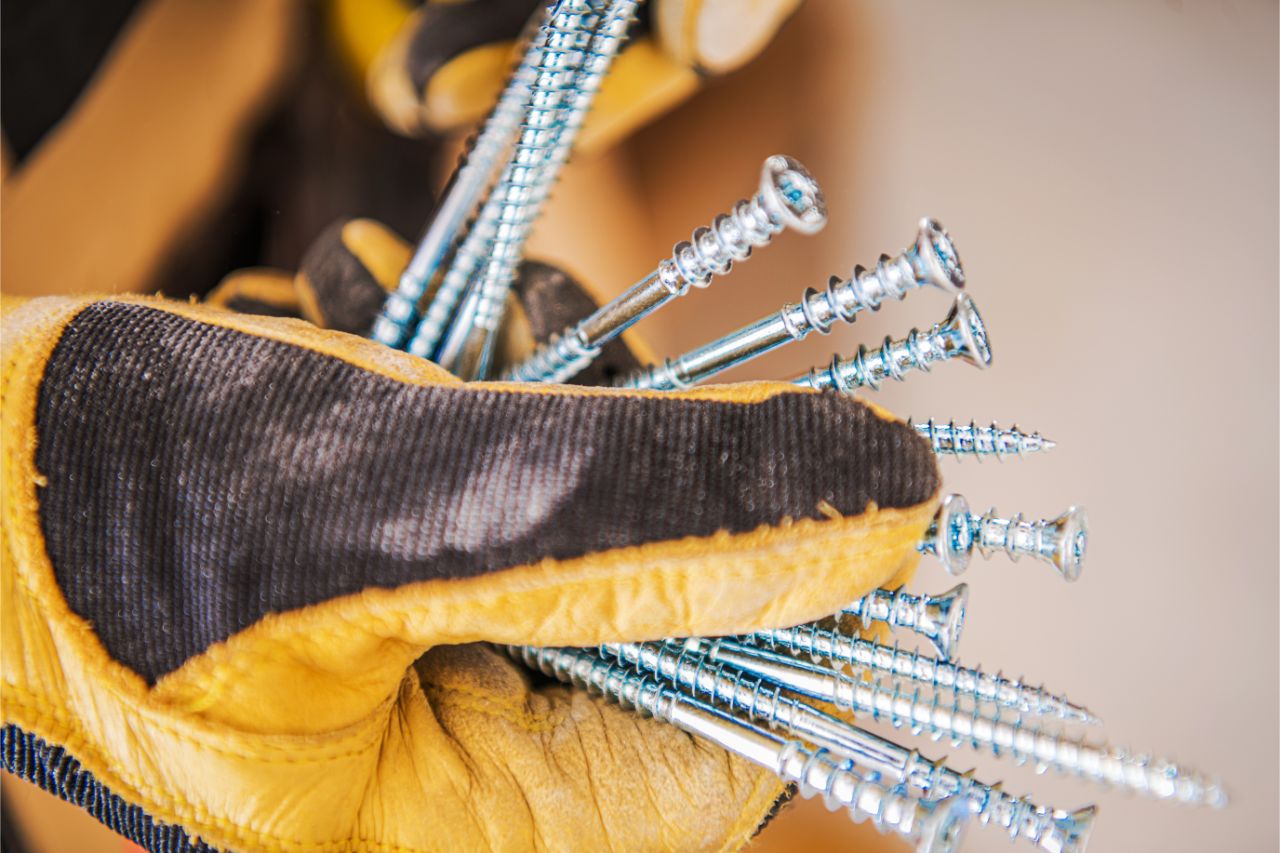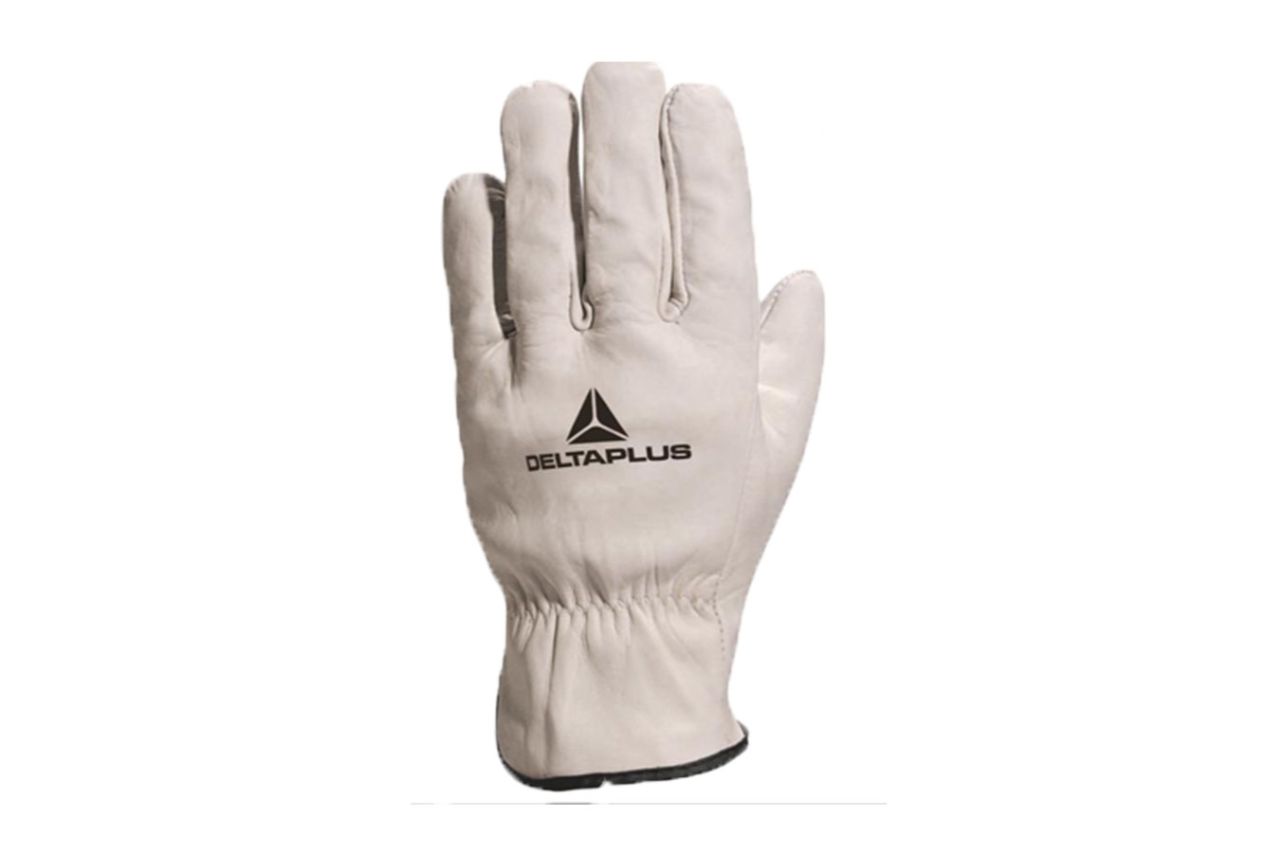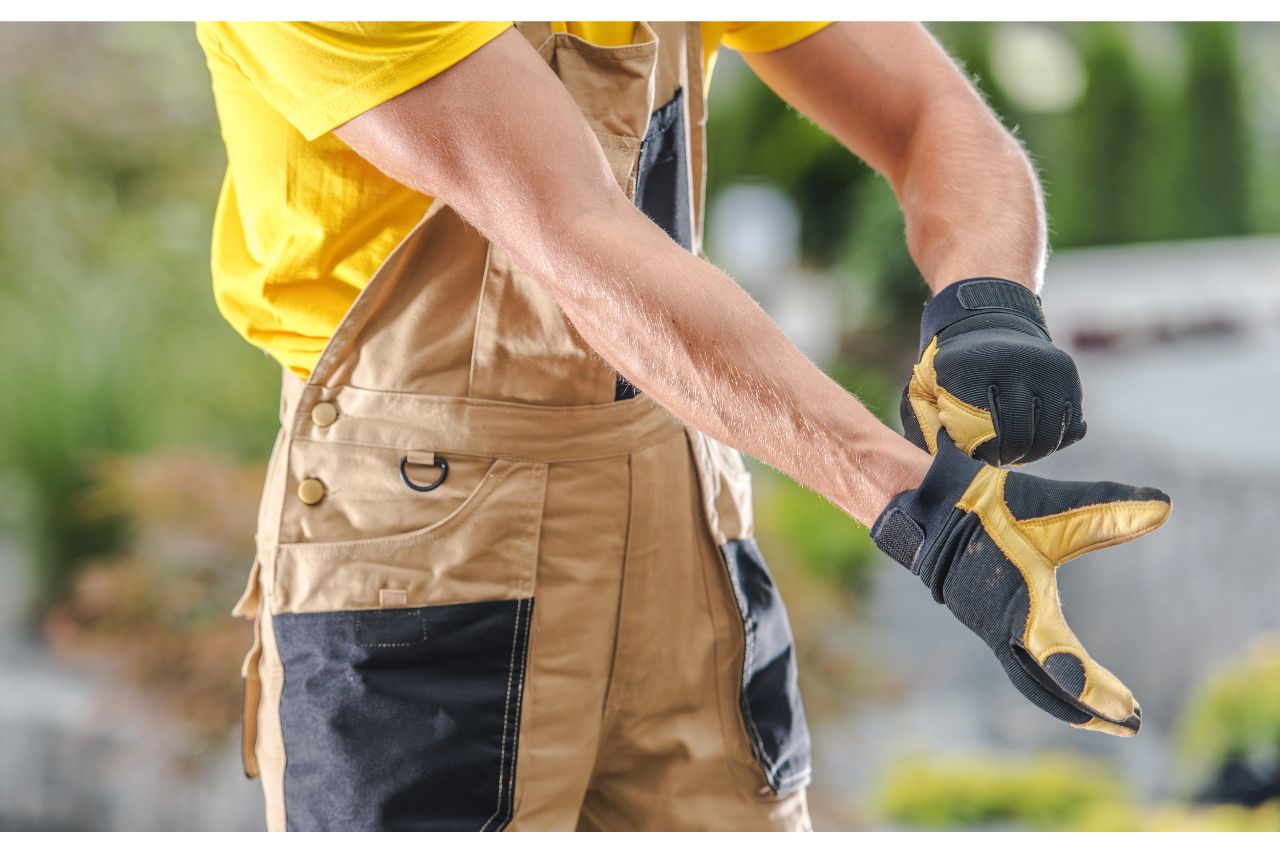
Your hands are always exposed to hazards on a construction site. Without the right safety equipment, you are at risk of cuts, bruises, abrasions, punctures, and injury. But finding the right safety gloves is not always easy because you also need to consider factors like dexterity and comfort. If you need help, here are some tips on protecting your hands during construction work. Keep on reading.
The first step in protecting your workers’ hands is to evaluate the risks present at your site. This will help you determine the right safety glove that can counter the problem. To give you an idea of the risks, here are some examples:

After knowing the risks present at your construction site, you can now proceed to choose the hand protection gear for the job. Here are some glove materials to get you started:
Leather gloves are one of the most versatile protection gear for your hands. It can shield you from cuts, abrasions, and other hazards. One example is the Delta Plus FBN49, a cowhide leather grain hide safety gloves made for construction, agriculture, and logistics industries. But other than hand protection, it also provides significant dexterity for the wearer.
Tools are more likely to slip out of the hands and cause injuries when it’s wet. This is where Delta Plus Venicut 42 becomes beneficial because of its material and design. The palms and fingertips are coated with polyurethane, which provides extra grip when handling wet and oily tools. But aside from that, it can also resist abrasion, tearing, and puncture.
Nitrile is known for its oil resistance. That’s why it is often used in construction gloves. One example is the Delta Plus EOS NOCUT VV910. This has flexible thermoplastic reinforcement on the back of the gloves to protect from impact and pinches. It’s also comfortable to wear due to the Velcro closure on the cuff.
Other than the material of the safety gloves, the fit also matters. Otherwise, the wearer is still at risk of injuries. For instance, accidents might happen if a worker keeps on adjusting the gloves instead of directing their focus to the task. The extra material can also snag on tools and equipment.
Gloves that are too loose or too tight might compromise the wearer’s range of motion, which can lead to tools slipping out of the hands. Lastly, poor-fitting gloves can also cause blistering and cramping too.
When wearing the safety gloves, ensure that it fits snugly on the hands but is not too tight that it can cause problems.

Before using safety gloves, it’s important to inspect them first. This way, you can see signs of early damage—which could lessen the protection you receive. Look for holes, worn-out stitching, and contamination. If you see these, have the gloves replaced immediately. Make sure to keep backup gloves in case of emergencies.
After using the safety gloves, clean any dust, dirt, moisture, or chemicals left inside and outside the material. Store them in a cool and dry place free from contaminants.
Other than safety gloves, some risks can also be prevented with the right habits in the workplace. Train your workers regarding the importance of hand protection and the consequences they could face when they neglect their safety. Even though proper safety gloves are worn, being alert and focused can significantly reduce the risks of injury.
Here are some more tips for hand protection in a construction site:
Construction workers are exposed to risks when they handle power tools and equipment at the site. If neglected, this can lead to cuts, burns, bruises, and injuries that might require hospitalization. But with the right safety gloves and good work habits, you can prevent hand injuries in the workplace.
If you need help with protecting your hands during construction work, you can send a message here at Dels Apparel! We can help you find the right safety gloves that will fit your safety requirements.